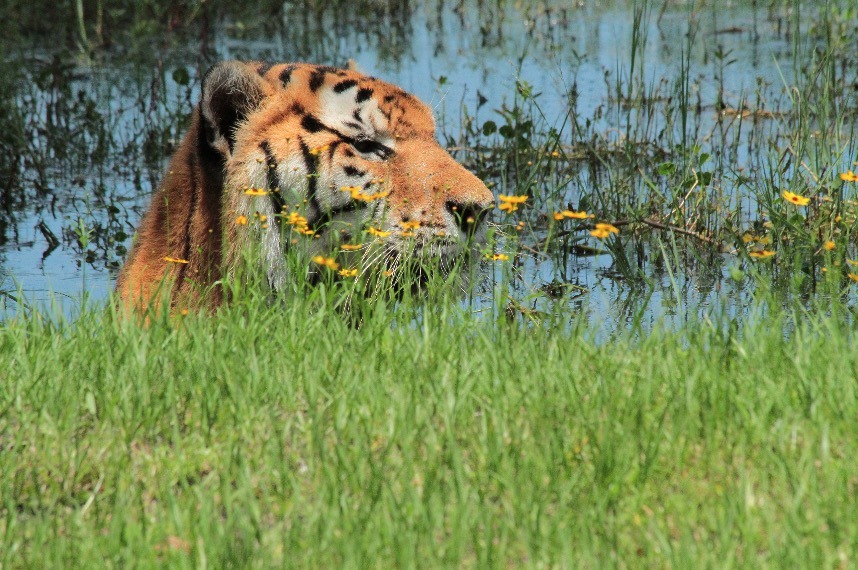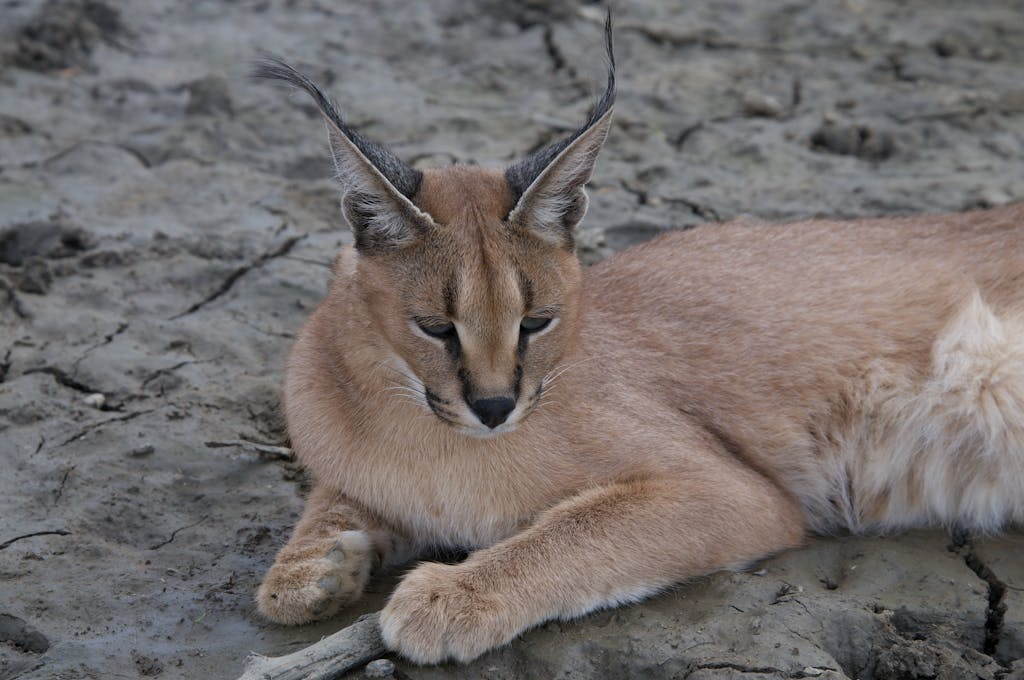WWF Roars Out Against Tiger Farming
WWF: Tiger Farming in Asia Must End; US has Role to Play
World Wildlife Fund (WWF) is using International Tiger Day today to call on governments across Asia to investigate all tiger breeding centers and close any operations involved in the illegal tiger trade. WWF is also calling on the US to do more to address its own large captive tiger population.
Closure of operations in Asia linked to illegal tiger trade, commonly referred to as ‘tiger farms’ to distinguish them from legitimate zoos or captive breeding facilities established for conservation purposes, would significantly boost efforts to save the world’s remaining wild tigers.
According to the Environmental Investigation Agency (EIA), there are more than 200 tiger breeding centers across Asia ranging in size from tiny to huge. These centers, spread across China, Laos, Vietnam and Thailand, jointly house between 7,000-8,000 captive tigers – far more than the estimated 3,900 tigers left in the wild.
Many of these tiger breeding centers – which often include entertainment attractions like Thailand’s notorious Tiger Temple – are likely to be involved in the illegal trade of tigers and tiger products, particularly given their incredibly high operating costs. They undermine efforts to protect wild tigers and to halt the illegal trade by complicating enforcement activities, and by normalizing and legitimizing the sale of tiger parts and products, which in turn drives up demand.
“Many tiger range states have devoted considerable resources to conserving their wild tigers – efforts that are being undermined by the existence of these farms,” said Michael Baltzer, Leader of WWF’s Tigers Alive Initiative. “Closing tiger farms will help countries to achieve the ambitious goal of doubling wild tiger numbers by 2022.”

However, tiger farms cannot be closed overnight since the fate of the tigers would still need to be resolved, especially as none of them could be released into the wild. International support would be needed to help countries deal with this challenge, including ensuring rigorous oversight of the operations while they were being phased out.
The US in particular, with the largest captive population outside of China, has a significant role to play in ensuring captive-bred tigers don’t feed the global black market for tiger parts. A patchwork of regulations governing the estimated 5,000 captive tigers in the US makes many of these animals susceptible to exploitation by wildlife traffickers.
The US Fish and Wildlife Service took significant steps in April by tightening loopholes that allowed unregulated interstate trade in captive tigers. But much more can be done, including banning public contact with tigers for photo ops and other profit-seeking ventures that encourage private tiger breeding.
“Our concern is that when these cats get too large, costly and dangerous to be profitable they can be funneled into the illegal trade in tigers and tiger parts,” said Leigh Henry, Wildlife Policy expert at WWF in the US. “Disincentivizing private tiger breeding will gradually decrease the number of tigers in the US to a more manageable number and make them less vulnerable to illegal trade. Continued strong US action in our own backyard in support of tiger conservation sends a positive signal to Asian governments considering action around their tiger farms.”
WWF is part of a big cat coalition that is currently petitioning the US Department of Agriculture’s Animal and Plant Health Inspection Service to pass regulations prohibiting public contact with captive tigers. You can comment on that through Aug 31, 2016: https://www.regulations.gov/comment?D=APHIS-2012-0107-15341 Please tell USDA that cub handling should not be allowed by the public with any species or age of wild cat.
Tiger farms will also be discussed at the upcoming conference of the Convention on International Trade in Endangered Species (CITES) in South Africa, including the need to prevent tigers and tiger products entering illegal trade from and through such farms. WWF supports a number of the proposals, which – if adopted – will ensure much greater regulation and oversight of these operations. Big Cat Rescue will be attending these meetings and will be co hosting a tiger awareness event along with Judy Mills, author of Blood of the Tiger, EIA, Born Free and others.

It is now estimated that close to 3,900 tigers remain in the wild, up from the previous estimate of as few as 3,200 in 2010 – the year in which all the tiger range states, partner countries, and organizations committed to work towards the TX2 goal of doubling the number of wild tigers by 2022.
Adapted from press release by:
World Wildlife Fund
1250 24th Street, N.W.
Washington, DC 20037
Brendan Rohr 202-495-4621 brendan.rohr@wwfus.org
https://www.worldwildlife.org/press-releases/wwf-tiger-farming-in-asia-must-end-us-has-role-to-play







